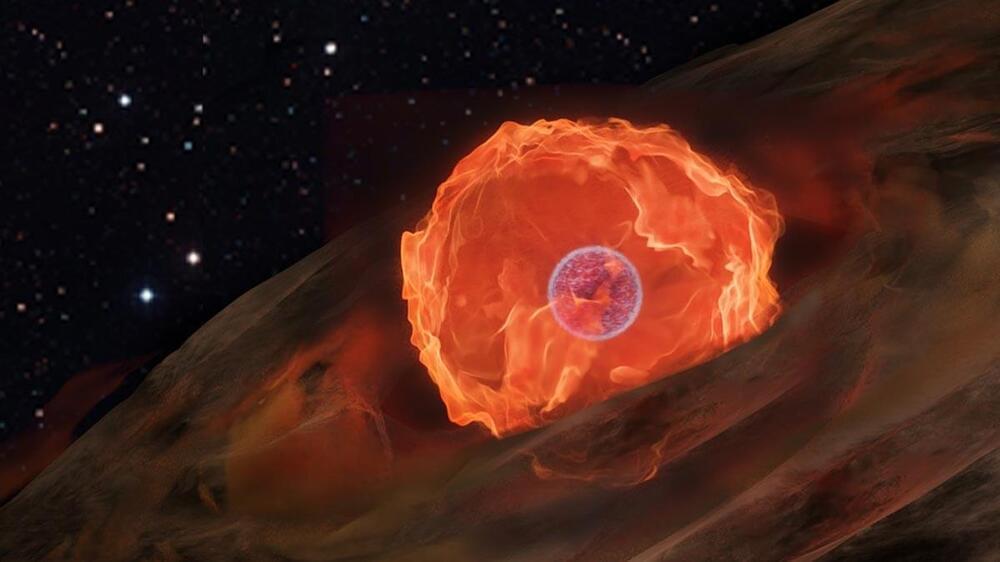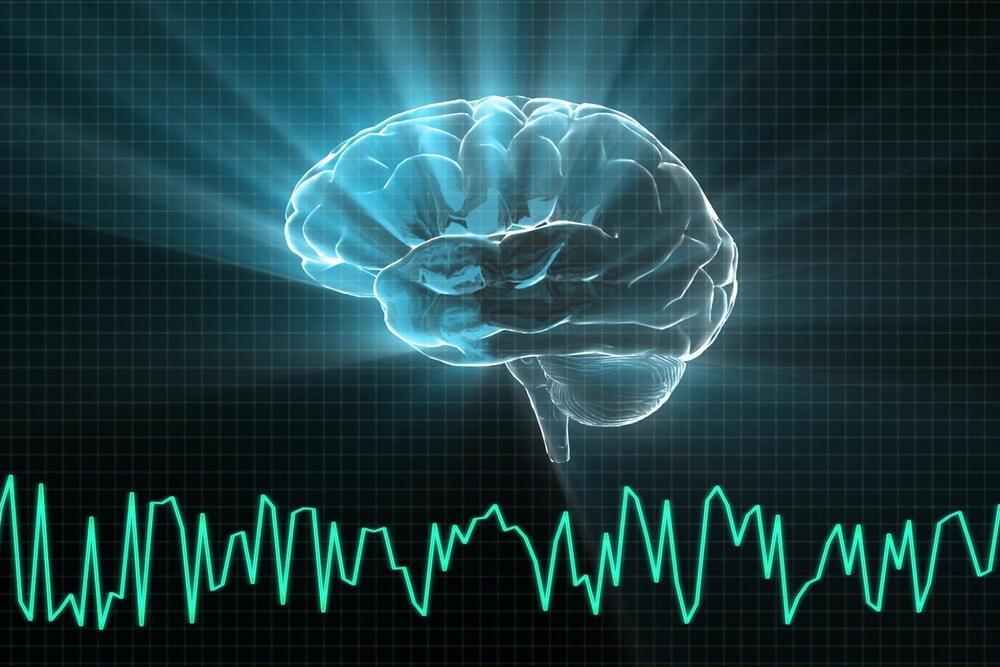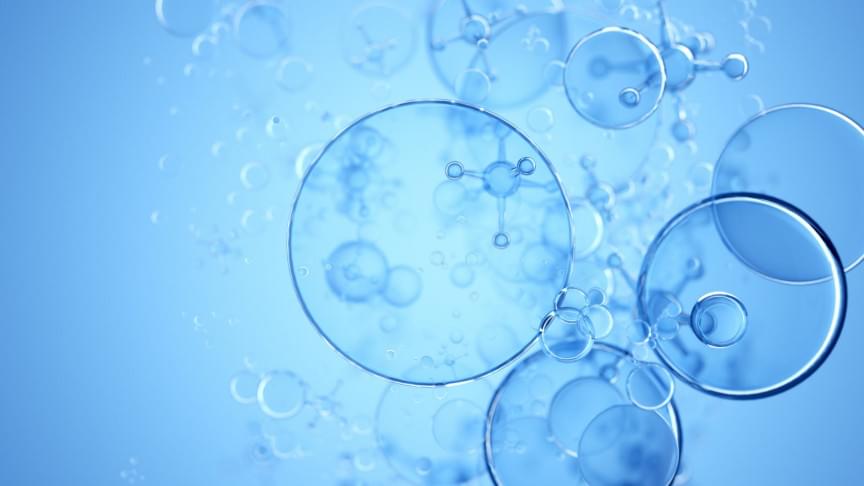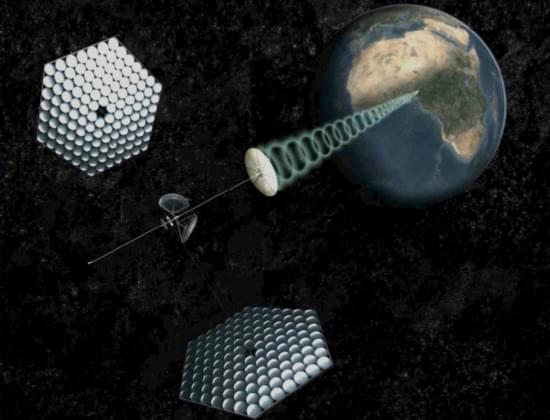When stars like our Sun run out of fuel, they contract to form white dwarfs. Such dead stars can sometimes flare back to life in a super-hot explosion and produce a fireball of X-ray radiation. A research team from several German institutes including Tübingen University and led by Friedrich-Alexander-Universität Erlangen-Nürnberg (FAU) has now observed such an explosion of X-ray light for the very first time.
“It was to some extent a fortunate coincidence, really,” explains Ole König from the Astronomical Institute at FAU in the Dr. Karl Remeis observatory in Bamberg, who has published an article about this observation in the reputable journal Nature, together with Prof. Dr. Jörn Wilms and a research team from the Max Planck Institute for Extraterrestrial Physics, the University of Tübingen, the Universitat Politécnica de Catalunya in Barcelona, and the Leibniz Institute for Astrophysics Potsdam. “These X-ray flashes last only a few hours and are almost impossible to predict, but the observational instrument must be pointed directly at the explosion at exactly the right time,” explains the astrophysicist.
“These so-called novae do happen all the time but detecting them during the very first moments when most of the X-ray emission is produced is really hard.” —







